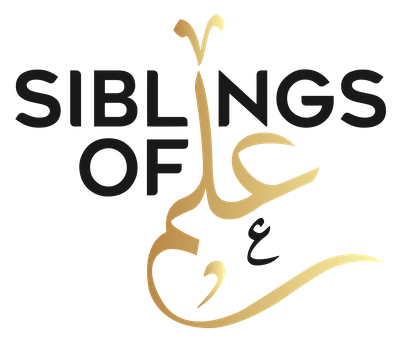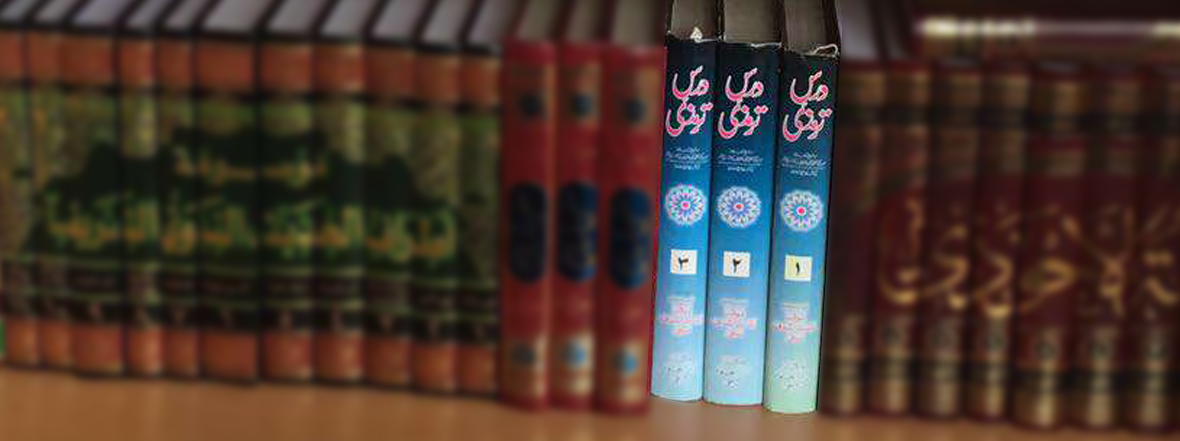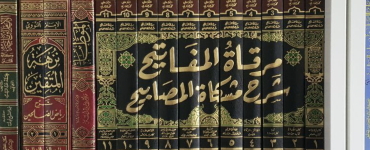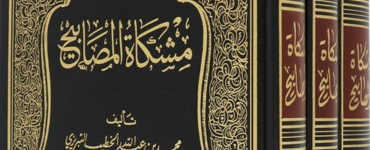Based on Shaykh Mufti Taqi Usmani’s notes in the introduction to Dars Tirmidhi (1/80-86), compiled by Shaykh Waqar Gulam Dastaguir and checked & edited by Mufti Muhammad ibn Adam.
The science of hadith deals with both the narrating (riwaya) and deep comprehension (diraya) of Prophetic statements. In the section of deep comprehension, it further divides into fiqh al-hadith (understanding the text of the hadith) and mustalah al-hadith (classification of the hadiths). In this last branch of mustalah al-hadith, hadiths are classed into various categories depending on the chain of narration, the context of the hadith, who narrated it, the number of people narrating it, among other things. One classification is regarding the authenticity (sihha) of hadiths. There are three main categories in this classification:
1) Sahih – the rigorously authenticated hadith
2) Hasan – the sound hadith
3) Da’if – the weak hadith
In order to classify hadiths into these three categories, hadith scholars (muhaddithun) have gone to great lengths, researching every single narrator and chain of narration. This led them to the declaration of a hadith being sahih, hasan or da’if. The act of declaring a hadith as sahih is known as tashih. For the latter two, the words tahsin and tad’if are used.
Due to the intricate nature of this science, this classification, of course, requires the one dealing with it to be a master in the science of hadith. It requires him to know the details of the narrators, the different classifications and, of course, to be acquainted with hundreds of thousands of hadiths. Scholars who dealt with these classifications were experts. They spent tens of years training to understand this science, let alone applying it. Then they spent more years in the company of others who too were experts in this science. Then they spent even more years researching and writing in this field themselves. They sacrificed their time and lives in their quest. Some of the luminaries who excelled in this science include: Imam Nawawi, Hafiz Dhahabi, Hafiz Ibn Hajar al-Asqalani, Imam Yahya ibn Ma’in, Imam Ali ibn al-Madini and Hafiz Iraqi (Allah have mercy on them all).
In this article, we wish to highlight certain principles of classifying and declaring hadiths as sahih and da’if, for overlooking them can lead one to think that certain hadiths were wrongly classed by earlier scholars. However, before explaining these principles, it is vital to know what exactly a sahih and da’if hadith is. For a hadith to be classed as sahih, it needs to meet five conditions:
1) The chain of narration, from the Messenger of Allah (Allah bless him & give him peace) to the final narrator, must be connected (muttasil) in such a way that every single person in the chain has himself heard or received this narration from the person he is narrating from.
2) All the narrators in the chain must be upright (‘adil) – meaning that they must be:
a) Muslim
b) Of the age of puberty (baligh)
c) Sane (‘aqil)
d) Not an open sinner (salim min al-fisq)
e) Free from bad habits (salim min khawarim al-muru’ah)
3) All the narrators must possess the ability to preserve the hadith precisely (dabt).
4) The hadith should not contradict other hadiths which have come from more reliable narrators (‘adam al-Shudhudh).
5) There are no other hidden weaknesses (‘adam al-illah al-Qadiha) – such as a hidden gap in the chain of narration.
Upon the absence of any one of the above five conditions, the hadith immediately is classed as da’if. But if all of the conditions are met, with the third (preservation) being of a lower degree, then it is classed as hasan. Now that we have understood the definitions of the three classifications, it will be easier to understand the principles given by Shaykh Mufti Muhammad Taqi Usmani. The principles themselves are detailed very lengthily in the Urdu language. However they have been simplified here so they may be understood by those who are not too familiar with the hadith sciences. They are seven as follows:
Principle 1 – What is a sahih hadith?
A hadith is classed as sahih if it meets the above five conditions, as outlined. Some erroneously think that only the hadiths in Sahih al-Bukhari and Sahih Muslim (known together as the Sahihayn) are sahih, or that all sahihhadiths have been covered in them. The authenticity of a hadith is not based on which book it is in, rather on the fulfilment of the above five conditions. Imam Bukhari himself mentions that his book does not cover all the sahih hadiths. In fact, some hadiths in other books are more authentic than some of those found in the sahihayn – several are in the Sunan of Imam ibn Majah. Imam Bukhari’s work is called “the most authentic book after the Book of Allah” in an overall sense; it does not mean every single hadith found inside it is above every single hadith found in other books.
Principle 2 – Who is authorised to declare hadiths as sahih and/or da’if?
Declaring a hadith to be sahih (tashih) or da’if (tad’if) is an intricate task which requires deep understanding and a profound knowledge of the science of hadith. Only the elite (mujtahidun) are able to do this. Imam Ibn al-Salah mentions in his book Ulum al-Hadith (more commonly known as Muqaddima ibn al-Salah) that since the turn of the fifth hijri century, scholars can no longer be deemed qualified to declare a particular hadith as sahihor da’if if a classification has already been given regarding it (which will be in most cases). However, the mainstream scholars are of the opinion that the ability to qualify a hadith does not depend on the era of a muhaddith; rather it depends on his knowledge. This is a more accepted approach since the scholars who took on this task later on were the ones most famous for it. They include Hafiz Dhahabi, Hafiz Ibn Hajar, Allama Ayni, Hafiz Sakhawi, Hafiz Zayla’i, Hafiz Iraqi amongst many others. Imam Anwar Shah al-Kashmiri, who passed away less than a century ago (1933), was also considered to be at this level.
Principle 3 – Scholars can disagree about the authenticity of a particular hadith
Since classifying hadiths is based on the independent research of each scholar, sometimes we find mixed opinions of expert scholars (mujtahids) regarding the authenticity of a particular narrator or hadith. It is a matter of ijtihad; hence no scholar can be condemned or rebuked for his position. Moreover, when an expert Imam (mujtahid) uses a particular hadith as proof for a ruling, it shows that he believes it to be worthy enough to be used as a proof. It would be wrong, in such an instance, to present the opinion of another expert scholar and say that the hadith is not worthy of being used as a proof, since both are experts (mujtahids). Remember that when a scholar says that this hadith is sahih or da’if, it is not a factual statement; it is merely his personal opinion based on his research.
Principle 4 – A sahih hadith may be considered da’if in later times
At times, it is possible that an earlier scholar – like Imam Abu Hanifa – finds a particular hadith to be completely authentic when it reaches him through the Companions (sahaba) and those succeeding them (tabi’un). However, a weakness in the chain of narration could have appeared as it progresses past this Imam. In such an instance, it would be wrong to accuse the earlier Imam of using a weak hadith if it was perceivably sahih in his time but da’if later on. Therefore, a hadith which was regarded as da’if in Imam Bukhari’s time, for example, was not necessarily as such at the time of the earlier scholars.
Principle 5 – How authentic is a sahih hadith, and do we leave da’if hadiths altogether?
Imam ibn al-Salah, the renowned hadith expert, states in his Muqaddima that just because a hadith is given the status of being sahih, it does not necessitate that in actual fact it is undeniably sahih. It merely means that from a technical aspect in terms of fulfilling the five conditions, the hadith is sahih and therefore it is most likely that it will be sahih in actual terms as well. However, there remains a possibility that even a hadith considered as sahih may not actually be as such, since a reliable narrator (known as thiqa) can also make a mistake. But this “possibility” is not given any credit unless there are indications and strong proofs elsewhere (such as the hadith opposing a clear Qur’anic verse or other more authentic hadiths) suggesting that a mistake may have been made by a narrator of this sahih hadith. If such strong proofs are found, it is perfectly acceptable to not act upon this sahih hadith.
Likewise, just because a hadith has been given the status of being da’if, it does not necessitate that in actual fact it is undeniably incorrect. It merely means that from a technical aspect the hadith is da’if and therefore it is most likely that it will be da’if in actual terms as well. However, there remains a possibility that a non-authentic narrator has narrated the hadith correctly; nobody is wrong every time. But just like with the sahih hadith, it is necessary to have strong indications and proofs to suggest that this hadith is acceptable. If such strong proofs are found, it is perfectly acceptable to act upon this da’if hadith.
Based on this, if a mujtahid Imam – due to other strong proofs – chooses not to act upon a hadith technically considered as sahih, or chooses to act upon a hadith technically considered as da’if, he cannot be accused of “leaving the sunnah” or as “one who acts upon weak narrations.”
Imam Tirmidhi, one of the six authors of the widely taught six hadith collections, mentions in his Sunan that he has included two hadiths in his book which are sahih, yet no one has acted upon them. The scholars have reached a consensus on leaving both, despite their being sahih, due to other strong proofs – but no one was accused of “leaving the sunnah.” There is also a da’if hadith found in the same collection which is acted upon and accepted by many scholars due to other strong proofs, such as Imam Malik, Imam Shafi’i, Imam Ahmad and Imam Awza’i – but no one was accused of “acting upon a weak narration.”
Principle 6 – A da’if hadith is accepted if supported by the actions of the Sahaba and Tabi’un
Many hadith experts and scholars of principles of Islamic jurisprudence (usul) assert that if a hadith is da’if in its chain of narration, but the ruling given in it was acted upon by the Companions (sahaba) and those who followed them (tabi’un), it can be used as a proof, despite being da’if. An example of this is the ruling of a slave girl’s divorce and waiting period. In a da’if hadith it is narrated to be two divorces and two menstrual cycles. In spite of it being da’if, this was still found to be the common understanding of the sahaba and tabi’un. This is the very same principle which Imam Abu Hanifa uses in many of his rulings. He accepts certain narrations technically considered as da’if today, yet the sahaba acknowledged their correctness through their actions.
Furthermore, a sound (hasan) hadith can be used to derive rulings just like sahih hadiths. So it’s important to know that a da’if narration may be elevated to the level of a sound (hasan) hadith if there are several chains of narration for it. This type of sound (hasan) hadith is known as hasan li ghayrihi (meaning “sound due to the support of other narrations”).
Principle 7 – What happens if two authentic hadiths contradict each other in their context?
In the instance of authentic and acceptable hadiths contradicting each other, some jurists (fuqaha) and hadith experts (muhaddithun) compare the chains of both and act upon the one considered as more authentic. Others like Imam Abu Hanifa, however, do not always prefer the one which has the more authentic chain of narration; instead they select the one which conforms to the Qur’an and general spirit of Shari’ah the most, regardless if it has a less authentic chain. Though this decision may seem “eccentric” to some, it is in fact more likely to be the correct one since you are making a decision based on what the boundaries of Shari’ah dictate. Just having a stronger chain of narration does not necessitate a hadith’s superiority; it is much more than that.
This is one of the reasons why it is not recommended for people who do not possess the mastery of the hadith sciences to take up a position where they devise their own rulings based on what they understand from the hadiths they read. More than often, they will find many contradictions in the hadith collections. This will lead them to unnecessary confusion, strife, conflict with others, and worst of all, the separation and disunity of the Ummah. By keeping the above broad principles of “hadith verification and acceptability” in mind, much of the objection levied against earlier mujtahid Imams would no longer remain. And Allah knows best.
